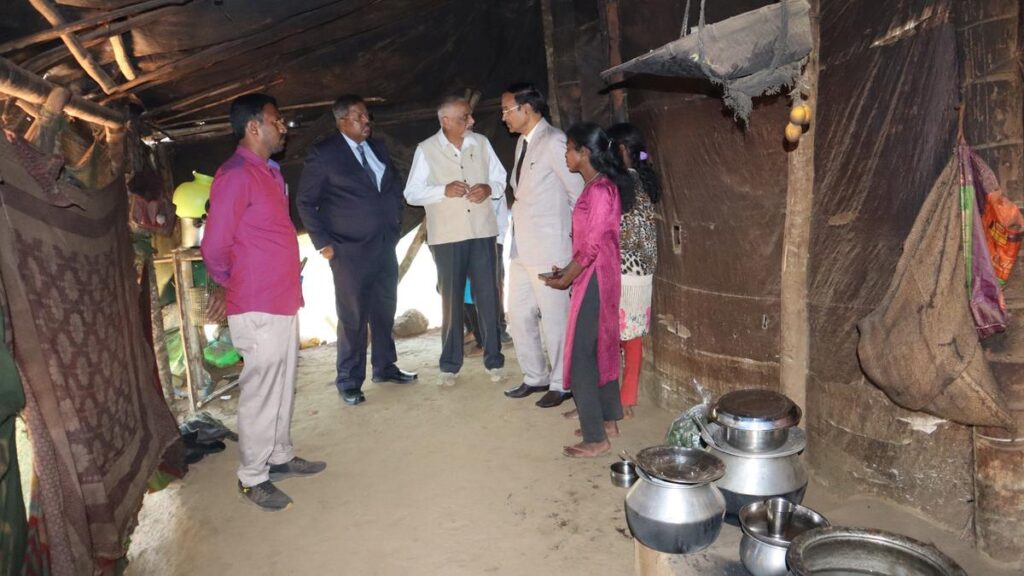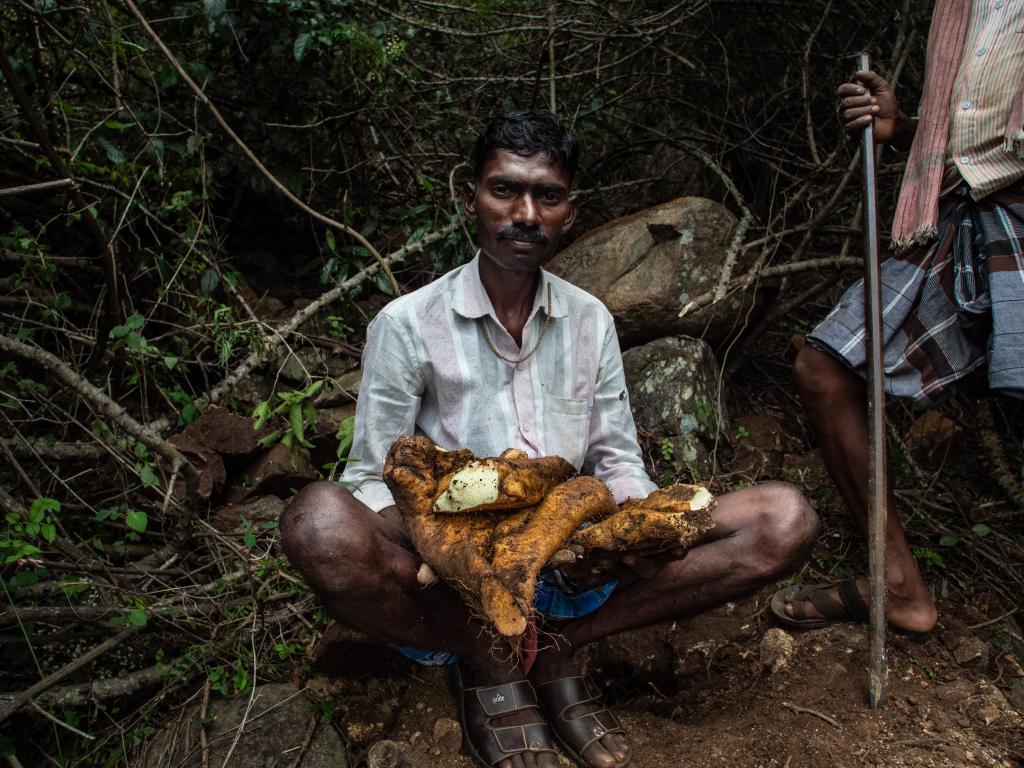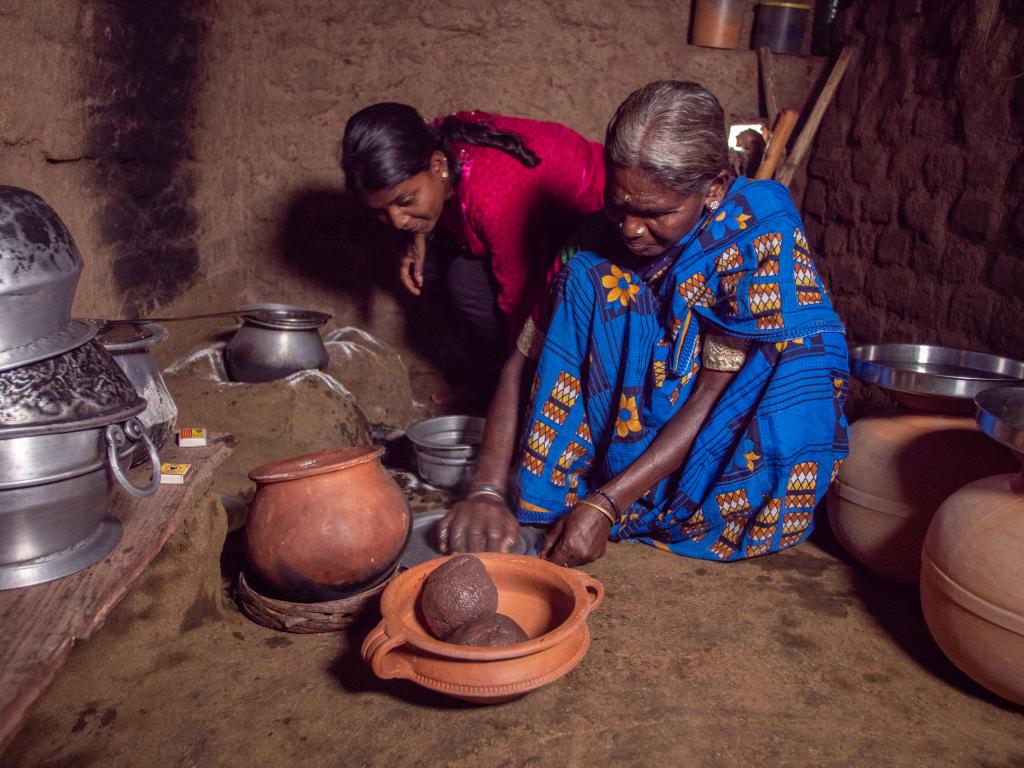SHRC flags human rights violation in the hamlet.

State Human Rights Commission (SHRC) Chairman L. Narayanaswamy has expressed anguish over the living conditions of the Yarava community members at Balugodu hamlet in Virajpet taluk of Kodagu district.
SHRC has also directed the officials in Kodagu to ensure that basic amenities are extended and a progress report submitted to them. A progress review will be held in 20 days and the officials have been instructed to provide drinking water through tankers with immediate effect to the Balugodu hamlet.
Speaking in Virajpet after paying a visit to the hamlet on Wednesday, Mr. Narayanaswamy said that India boasts of success in Chandrayaan and is among the top five economies in terms of GDP ranking. But there are people who live in dire poverty devoid of basic amenities, lack of housing, electricity and connectivity which makes one wonder whether India was really developing, he said.
He said one has to introspect and question oneself about the prevailing system given the fact that there are Adivasi communities devoid of site, housing, drinking water facilities, electricity, anganwadi or school.
He directed the officials to ensure that the Yaravas in Balugodu hamlet are provided with basic civic amenities. ‘’Those who are part of the system and in the government enjoy all amenities but those outside it are deprived of basic amenities and is a matter of sorrow’’, said Mr. Narayanaswamy. The Yaravas are economically impoverished and extending all amenities to them by the local authorities should be the first priority, he added, pointing out that not even 5% of the government benefits have percolated to them.
SHRC member S.K. Vantigodi said the living conditions of Yaravas in Balugodu was deplorable and it was a clear case of human rights violation and exploitation.
T. Sham Bhatt, who is also a member of SHRC said government benefits have not reached the people of Balugodu and called upon the officials to take note and act upon it.
During their visit to the hamlet, the SHRC team apprised itself of the living conditions of the Yaravas and rued that they were living in tents devoid of basic amenities. The people of the hamlet bemoaned that they were living in such conditions exposed to vagaries of nature including heavy rains and severe cold. Besides, there was threat of snakes and hence sought concrete houses. A local resident said that 5 kg of rice being supplied by the government was not adequate and they get a square meal a day only when there was work in coffee plantations.
Later, the commission received grievances from the public and people sought for the immediate repair of Morarji Desai Residential School. It also inquired into cases pertaining to human rights violation in the taluk.
Deputy Commissioner Venkat Raja, ZP CEO Varnit Negi, Superintendent of Police K. Ramrajan and others were present.
source: http://www.thehindu.com/ The Hindu / Home> News> India> Karnataka / by The Hindu Bureau / January 31st, 2024



